This is a follow-on to my last post, which was about street photography:
Today, I’ll talk about street photography at a higher level than the technical, but still not at the level of intent, vision, and aesthetics.
There probably are more, but I’be employed the following broad strategies for street work:
- Walk around more or less aimlessly and hope that you’re ready when something you want to photograph happens.
- Find an interesting activity, and hang around and see what develops.
- Find an interesting place or angle, and hang around and see how people interact in the more-or-less predetermined shot.
Some of the above can be combined. I think that most people, when they think of street photography, think that the photographer is employing strategy 1. That’s not my go-to approach, although it once was. I’m more in the 2 and 3 camp.
I am most definitely not alone. Henri Cartier-Bresson talked about looking for, and finding “the decisive moment”. I imagined that his contact sheets were populated by perfect individual images carefully chosen in time. I was surprised when I got to see many of his contact sheets at the ICP museum in New York City. In one respect, his contact sheets looked a lot like mine: finding a likely spot, exploring a few ways of dealing with it, running into some dead ends, finding something that works, and either making two or three quick exposures and moving on or making several exposures with essentially the same framing while waiting for people to arrange themselves. (I’m not claiming that my contact sheets look like Cartier-Bresson’s in any larger sense, although I wish they did). The contact sheets tell the story of a photographer working out the possibilities of a situation or a scene while making images, rather than waiting for the perfect moment and tripping the shutter.
I’m going to go out on a limb here, and show you some examples of all three strategies as illustrated by my contact sheets. For a photographer, showing contact sheets is a little like undressing in public, but I will attempt to conquer my fears.
I’m not showing you these images because they are especially good, but because I was able to lay my hands on the contact sheets without too much effort. As you might imagine, I haven’t looked at them in twenty years.
Here’s an example of approach number 1:
You can see that there are a bunch of (fairly crappy, I admit) random images, and one gem:
Here’s another approach. I found a promising foreground at Point Lobos, with a mother and daughter feeding seagulls.
I shot a whole roll without ever getting what I was looking for. I reloaded:
On the third shot, I got the picture. I knew I had it. You’ll notice that I only took one shot after that:
Here’s a shot where I found the angle and the scene, but had to wait until I had the person and the gesture:
And here’s the shot:
Here’s one where I found a bus stop with a pane out, and didn’t get what I was looking for until the last shot on the roll:
Here is a roll of film exposed in the gold country of California. I had already gotten one good image of an old guy sitting in a service bay with a repurposed post office mail sorter behind him (middle row, left image), when I spotted two groups of teenagers, one under a tree, and a couple near a phone booth. I worked a little with the larger group until I was satisfied.
And my first shot of the couple turned out to be the one:
I reloaded and made some more images of the couple, but the first one turned out to be the best.
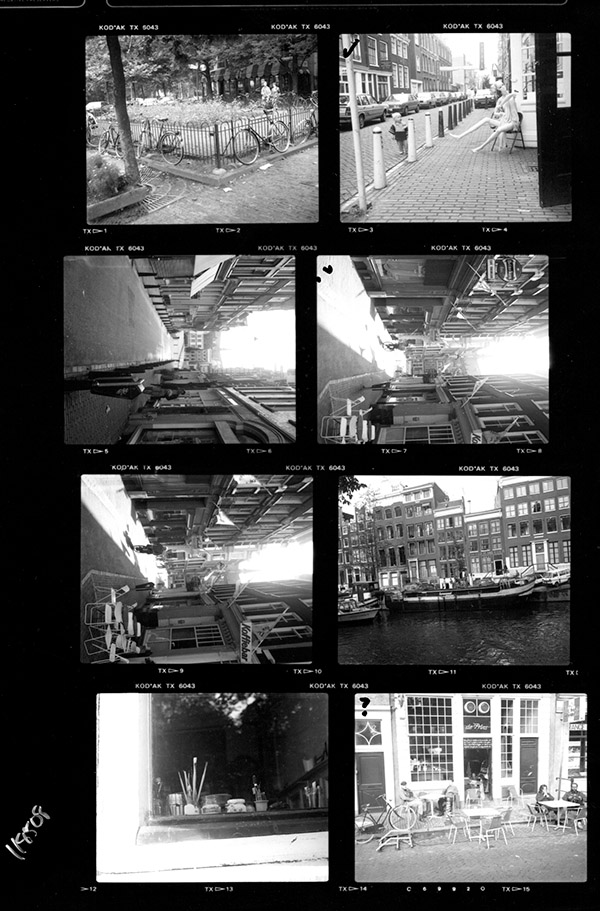
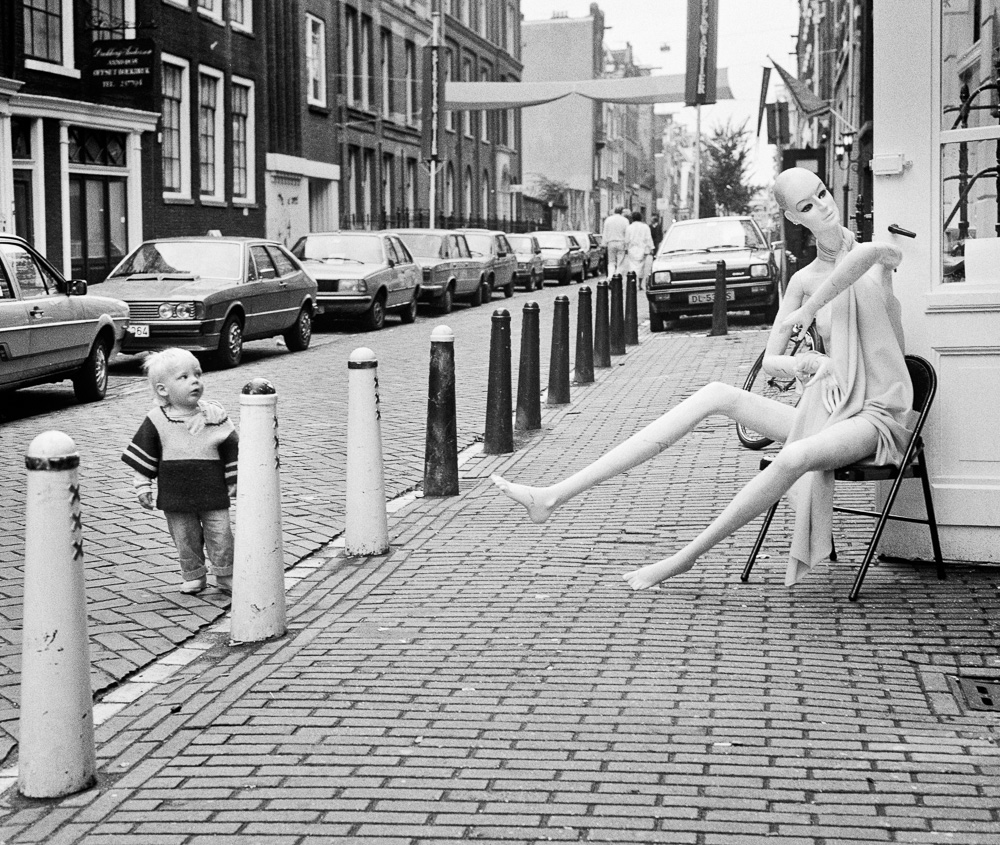
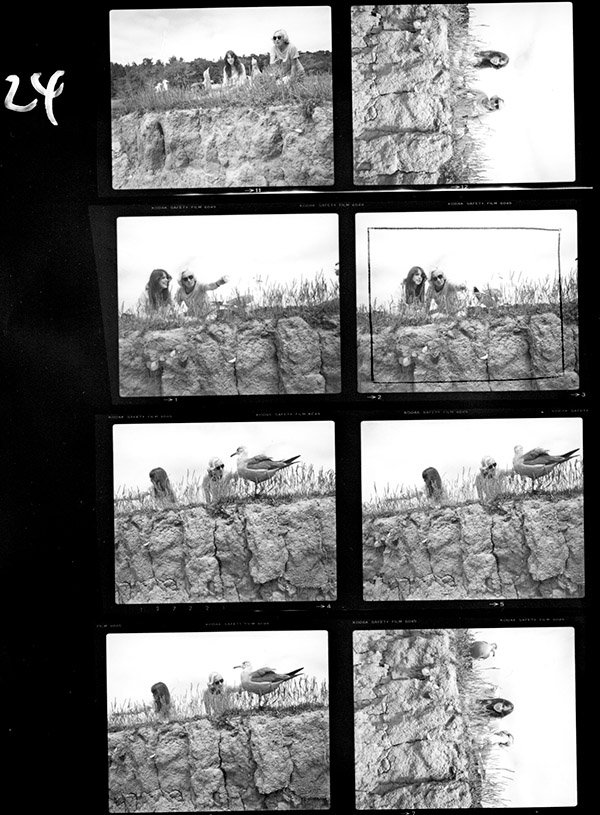
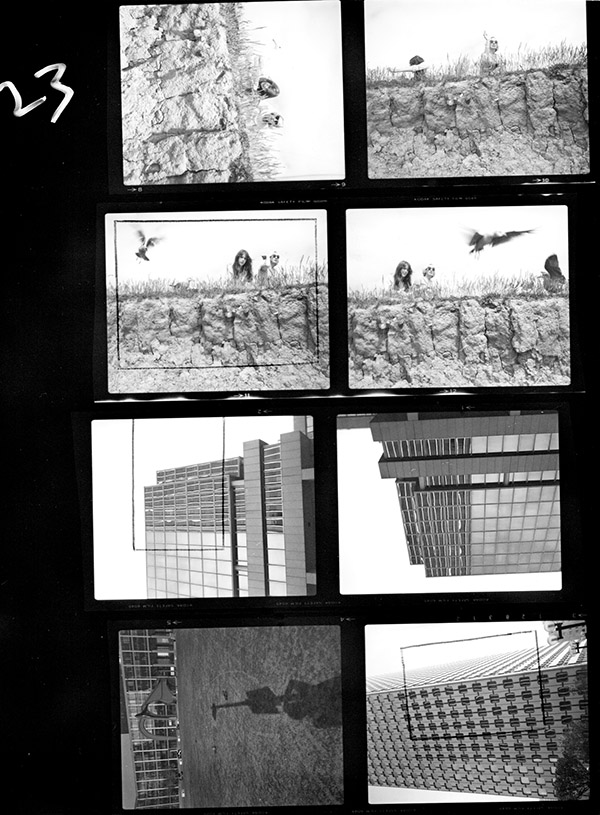
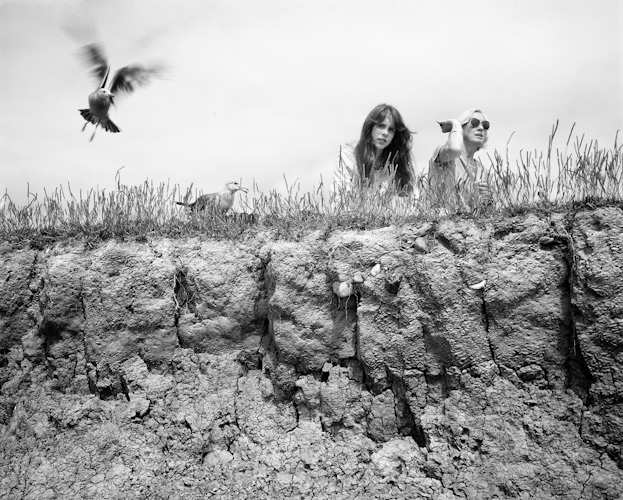
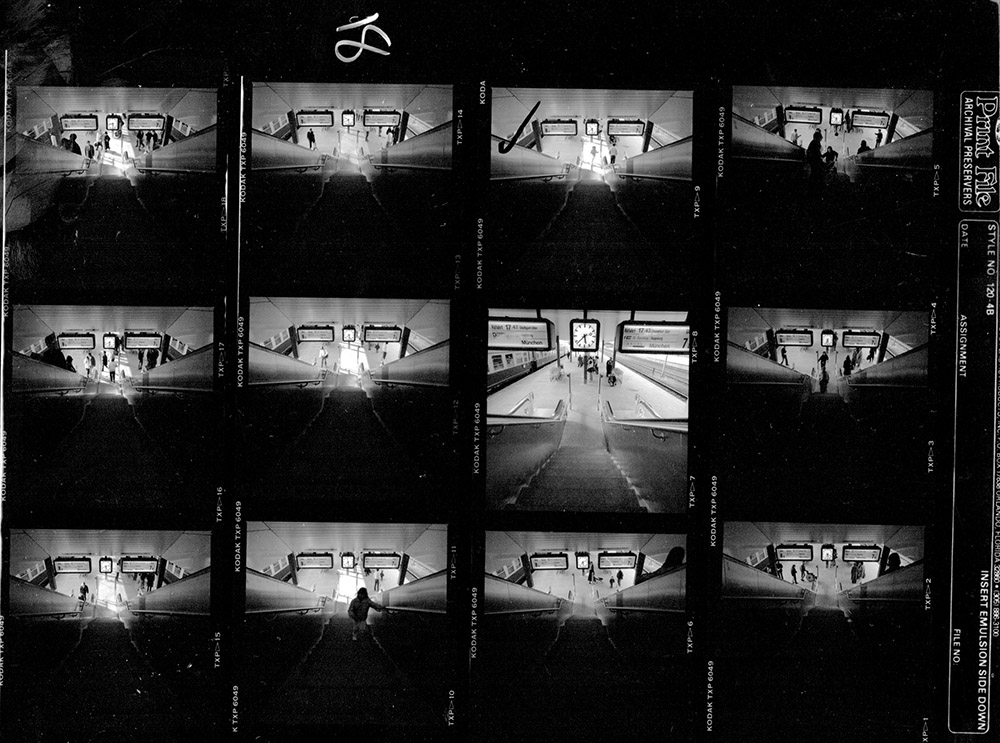
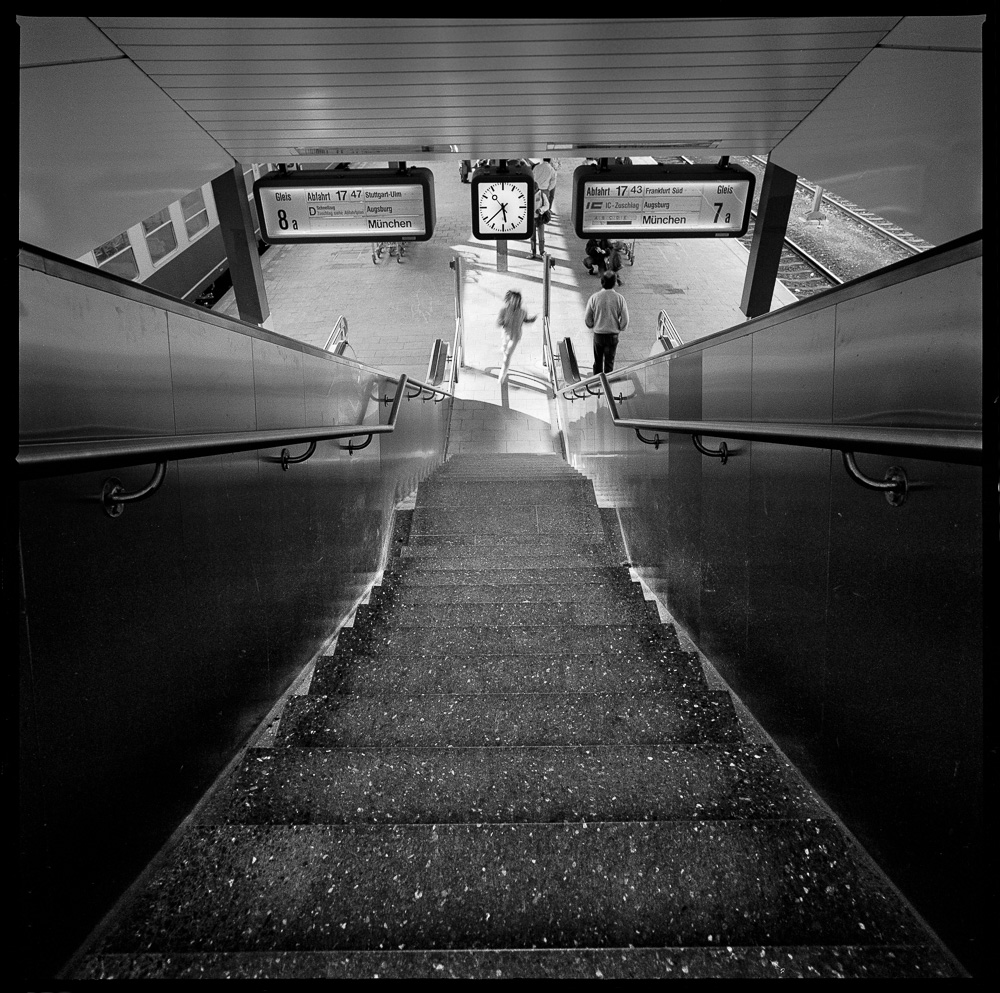
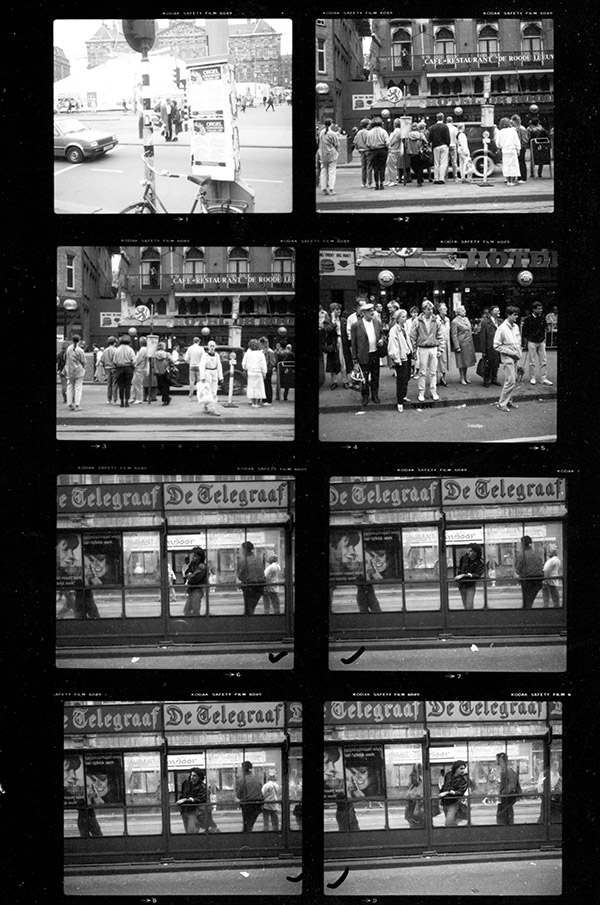
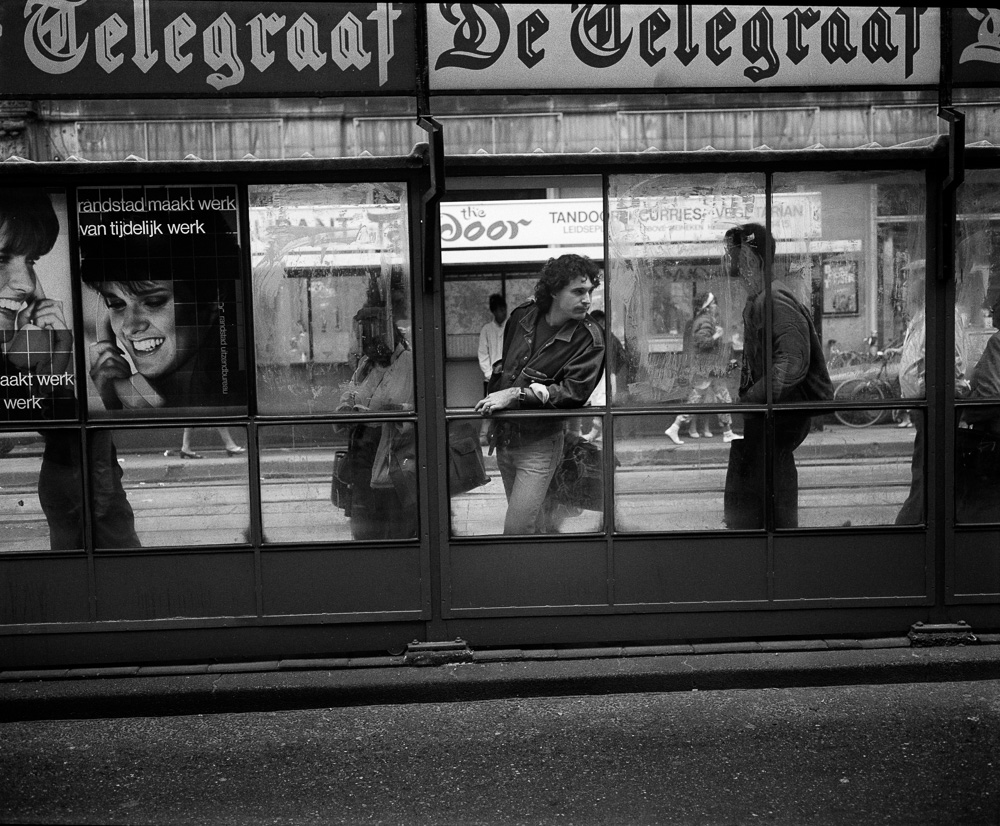
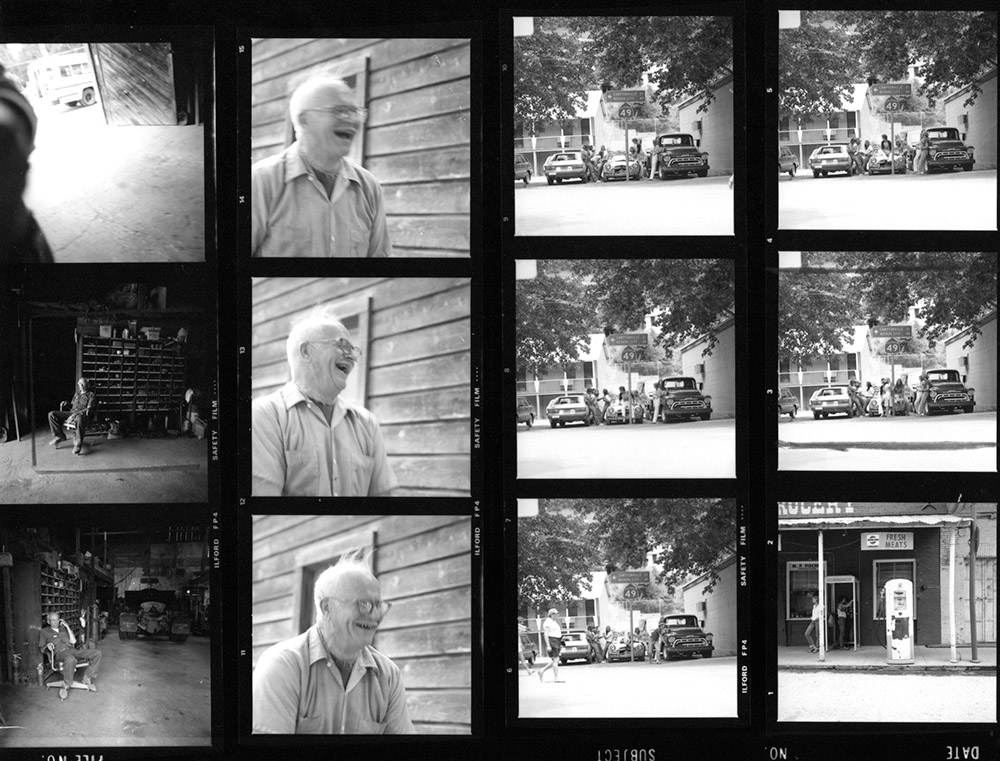
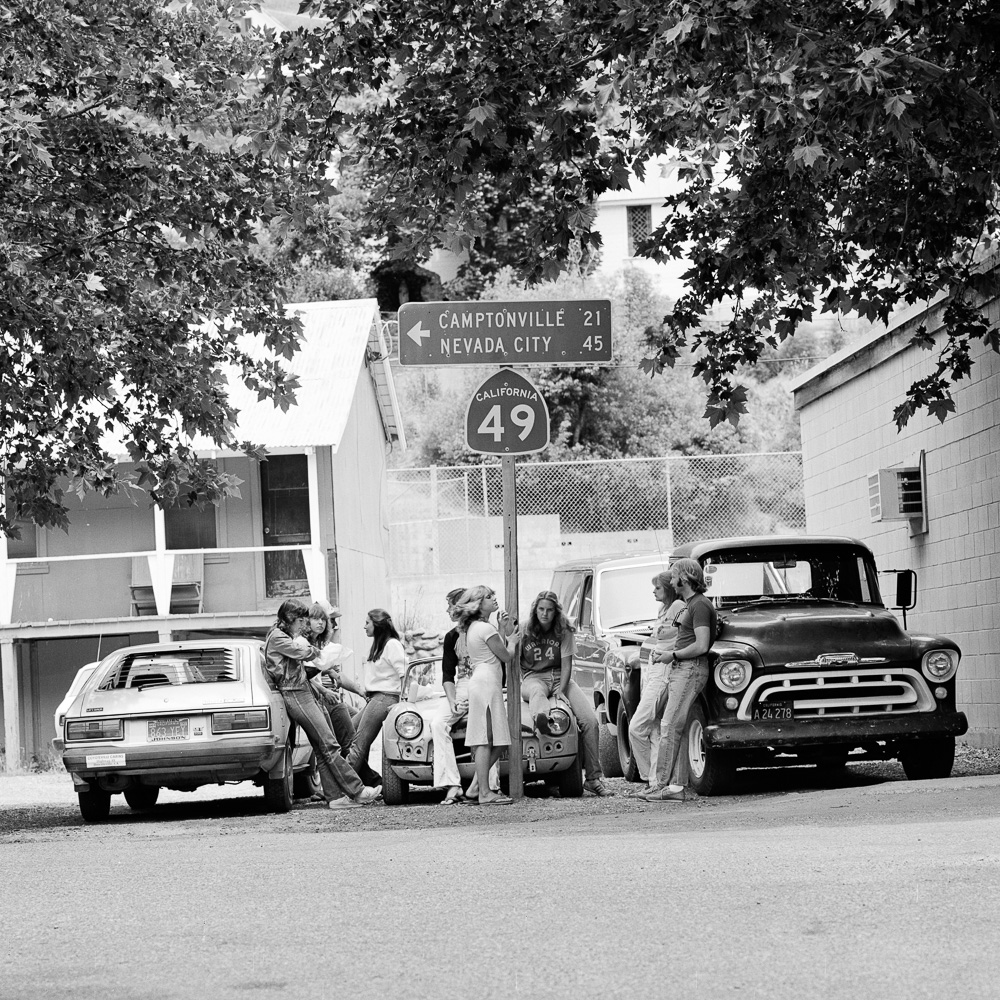
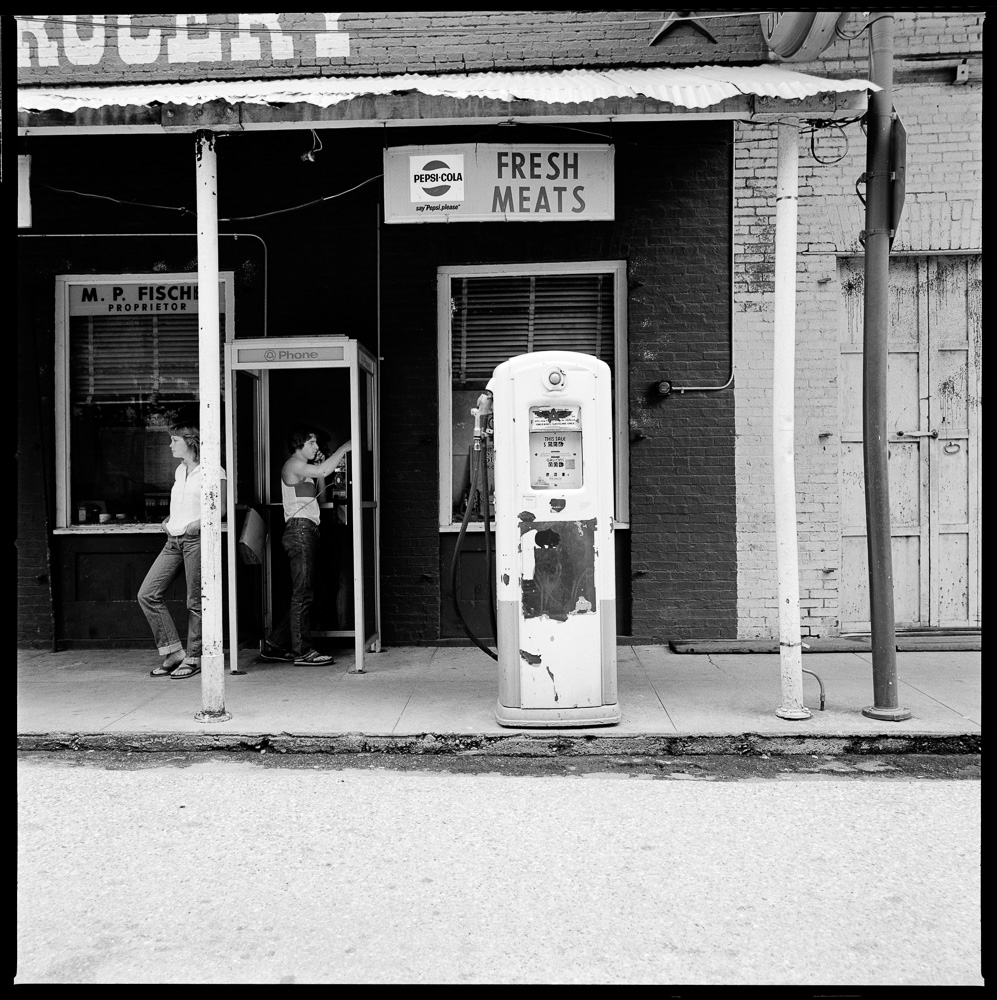
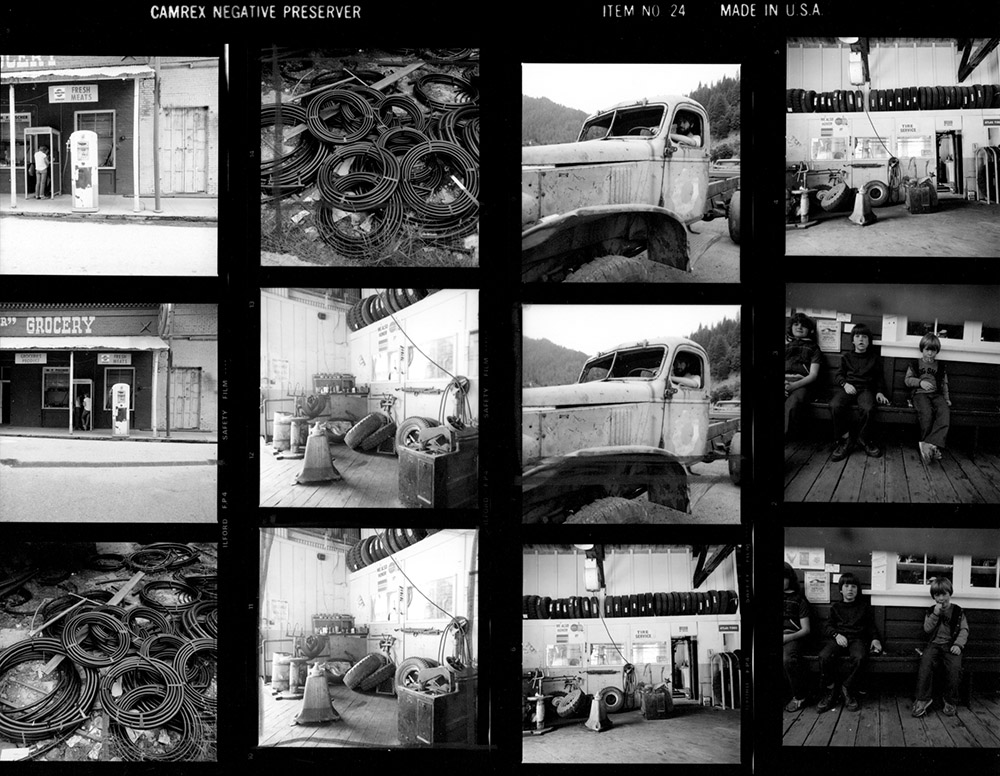
Hi Jim,
Are you OK? I hope you’re doing well but I noticed there were no new posts lately. You’re one of the few people in this world I give a damn about (I am sure there are others that feel the same way). Please let us know you’re doing OK.
I’m doing fine. I’ve been dealing with a large forest fire close to my house, and it’s distracted me.
I’ve been blogging about the fire at http://www.kasson.com/bleeding_edge/
Check it out if you’re interested.
Thanks for thinking of me.
Jim